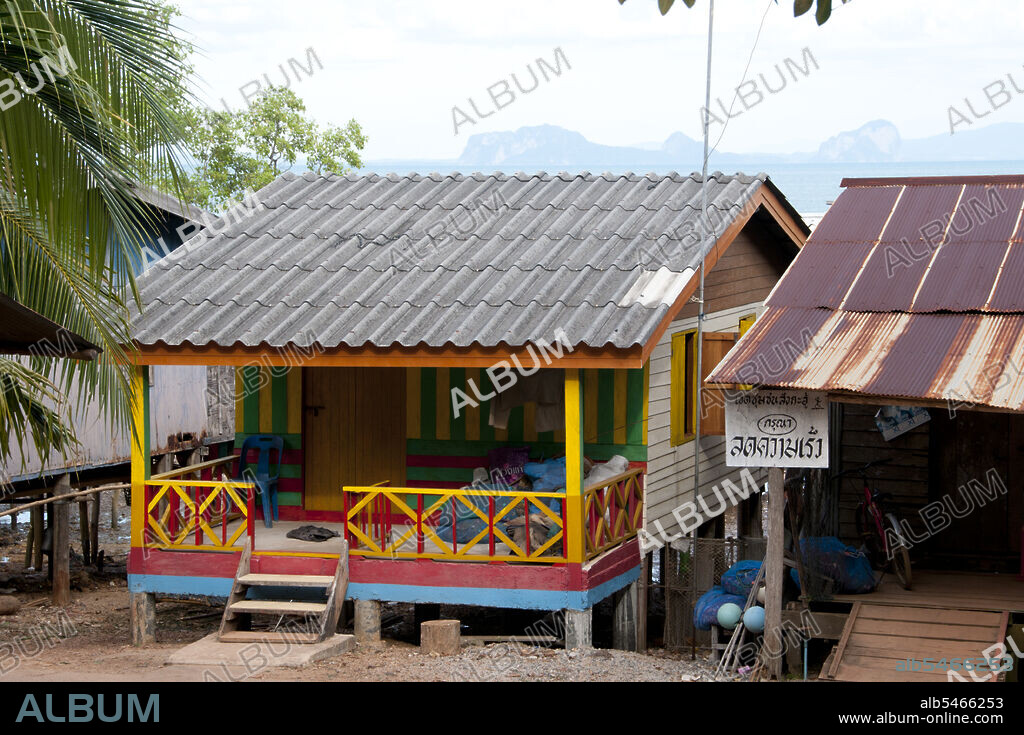alb5466253
Thailand: A colourful house at the Urak Lawoi (Sea Gypsy) village of Sang Kha Ou (Sanga-U), Ko Lanta

|
Ajouter à une autre Lightbox |
|
Ajouter à une autre Lightbox |



Avez-vous déjà un compte? S'identifier
Vous n'avez pas de compte ? S'inscrire
Acheter cette image

Titre:
Thailand: A colourful house at the Urak Lawoi (Sea Gypsy) village of Sang Kha Ou (Sanga-U), Ko Lanta
Légende:
Voir la traduction automatique
The ‘Sea Gypsies’ or Moken of the Andaman Sea, known in Thai as chao thalae or ‘people of the sea’, are divided into three groups. They number between 4,000 and 5,000, they live only on the coast, either in huts by the shore, or on craft that ply the coastal waters from the Mergui Archipelago in Burma to the Tarutao Islands in Southern Thailand. The largest Sea Gypsy group are the Urak Lawoi, numbering around 3,000. They live in simple shacks on beaches stretching south from Phuket to the Tarutao islands and make a living by fishing and beachcombing. Their two largest settlements are at Ko Sirey and Rawai in the southeast of Phuket island.
Crédit:
Album / Pictures From History/Universal Images Group
Autorisations:
Modèle: Non - Propriété: Non
Questions sur les droits?
Questions sur les droits?
Taille de l'image:
4967 x 3308 px | 47.0 MB
Taille d'impression:
42.1 x 28.0 cm | 16.6 x 11.0 in (300 dpi)
Mots clés:
ARCHITCETURE • ARCHITECTURE • ARCITECTURE • ASIE • ASIE, CONTINENT • CONTINENT ASIE • HISOIRE • HISTOIRE • ILE • ÎLES • LOGEMENT • THAI • THAILANDE
 Pinterest
Pinterest Twitter
Twitter Facebook
Facebook Copier le lien
Copier le lien Email
Email
